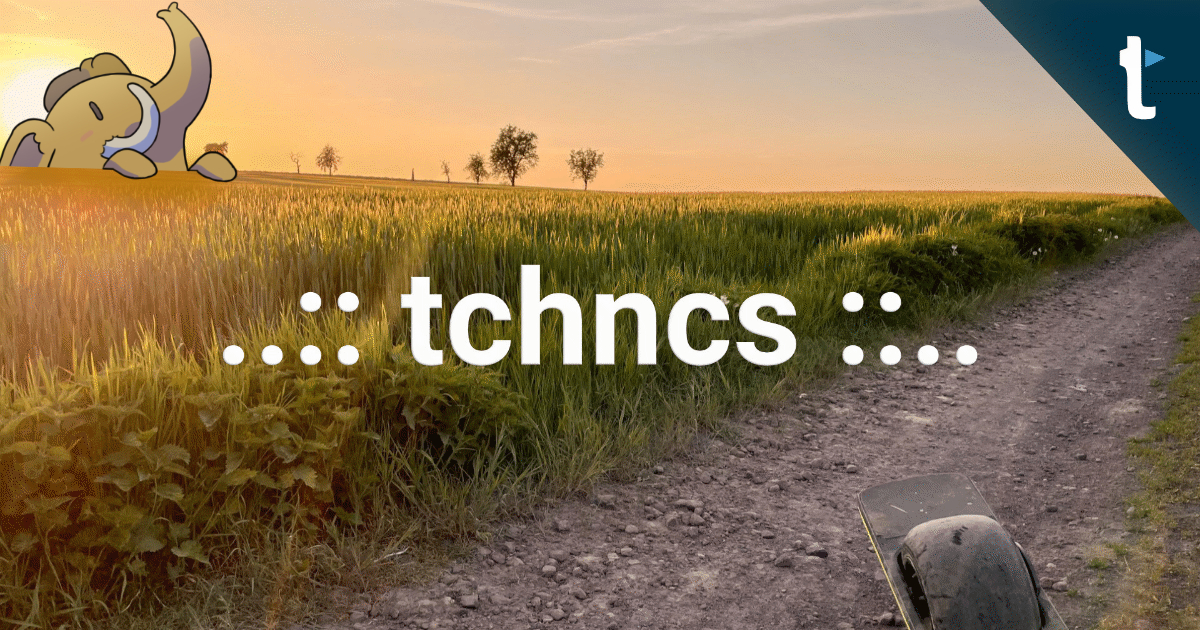Sometimes one stops to just look at the data. And the software user interface. They are beautiful.
We are looking at a cross section of the #Drosophila larval brain, near the brain commissure, where hundreds of neurons (magenta: their reconstructed skeletons) cross from one brain hemisphere to the other. To the right, a 3D rendering of multiple neurons, a pair of which cross the midline in a U-shaped bend.
Our CATMAID software is web-based, in other words it's just a website that accesses remote data. I credit it's sleek design to @herrsaalfeld – author of the early, "Ice Age" CATMAID and its blue tones – who at some point in his life studied "medieninformatik" and has always had a penchant for art.
See our images and fly neurons here, kindly hosted by the #VirtualFlyBrain :
https://l1em.catmaid.virtualflybrain.org/?pid=1&zp=33100&yp=31179&xp=53333&tool=tracingtool&sid0=1&s0=2

